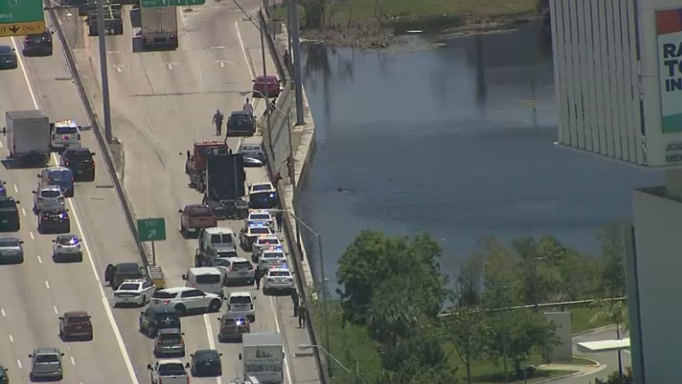Forecasting the future is no easy task as a meteorologist, but it starts with something as simple as the balloon.
It goes up, measures all different levels of the atmosphere to get the first calculation that would then be used to forecast.
"If we don’t get the current observations in the atmosphere, all of our models don’t really become reliable for us," said National Weather Service Operational Program Leader, Barry Baxter. "We need the correct data that we get so the models can be accuracy.”
The balloon itself is about six feet wide and can expand to 20 feet in diameter. For reference, that is two basketball hoops stacked on top of each other or the height of a giraffe.
Get South Florida local news, weather forecasts and entertainment stories to your inbox. Sign up for NBC South Florida newsletters.
“First, fill the balloon with hydrogen," Baxter said. "We also have to put a parachute on it, we have to put about six feet between the parachute and the balloon, and about 100 feet from the parachute to the radiosonde."
The balloon is launched by the local national weather service offices twice a day with a radiosonde data sensor attached to it and this is what collects all the information and relays it back to the NWS office.
"We usually do it at the 12z and the 00z that’s usually between 7-8 a.m. and 7-8 p.m.," said Baxter. "In the winter, it shifts to 6-7 a.m. and 6-7 p.m. and this is done all over the world.”
Local
Current readings of the pressure, temperature, wind direction, wind speed, and relative humidity are all the starting points to a forecast model.
The data is transmitted into a supercomputer that collects every second as it climbs in the sky and then it is calibrated into the forecast models that we use every day. On occasion, when there is more extreme weather, they will launch more than two.
“Basically if the hurricane center says ‘hey we need more data’ we usually do it every six hours to get more data into the models so they can do better forecasting," Baxter said. "We also do special launches when there is severe weather or expecting severe weather.”
Eventually the balloon will pop, and the radiosonde falls back to the ground, but don’t worry, it’s made with biodegradable and recyclable materials so if you find it, just recycle it!
Although, the meteorologists at the NWS office believe about 80% of them end up in the ocean or the everglades.



